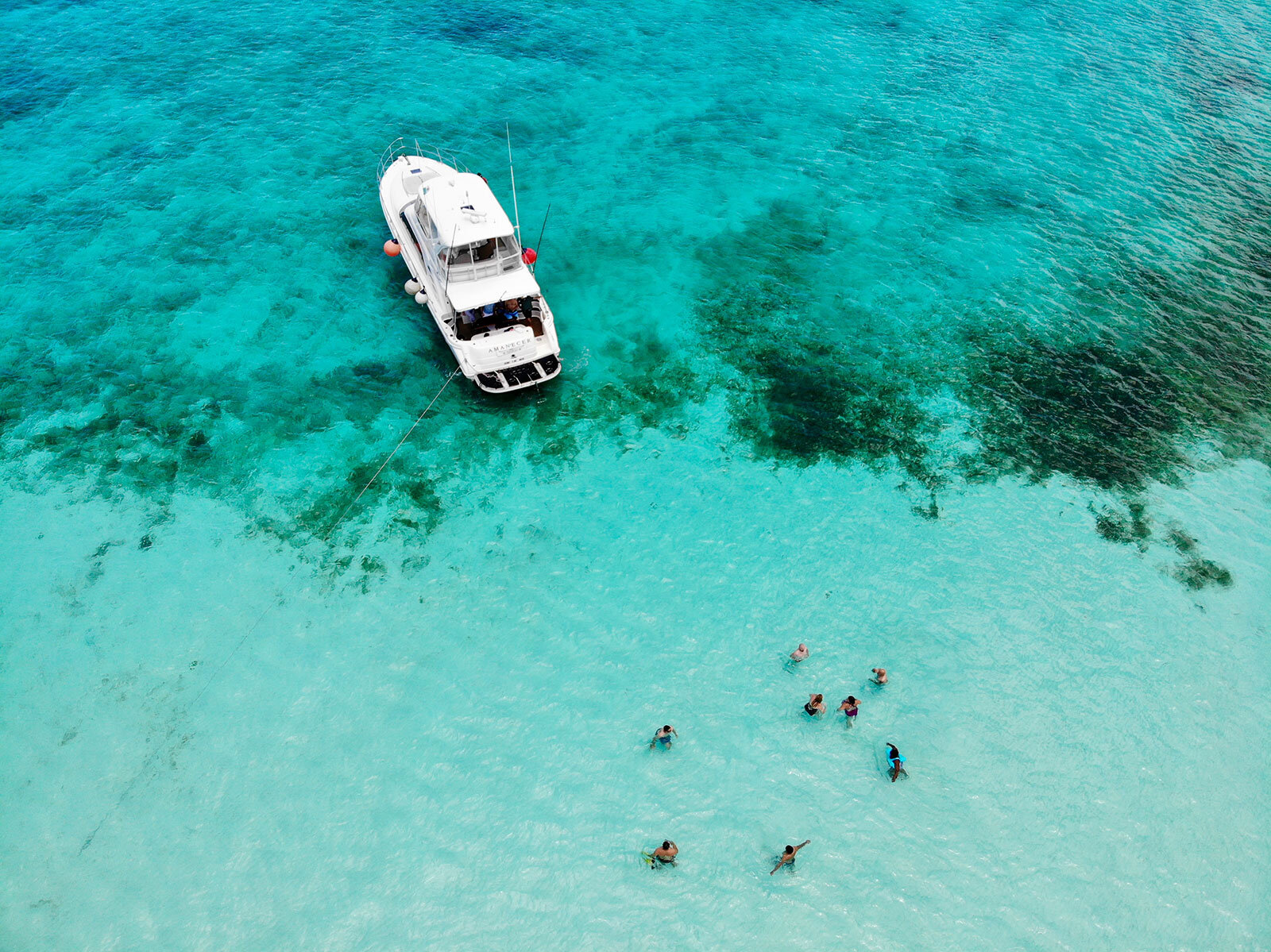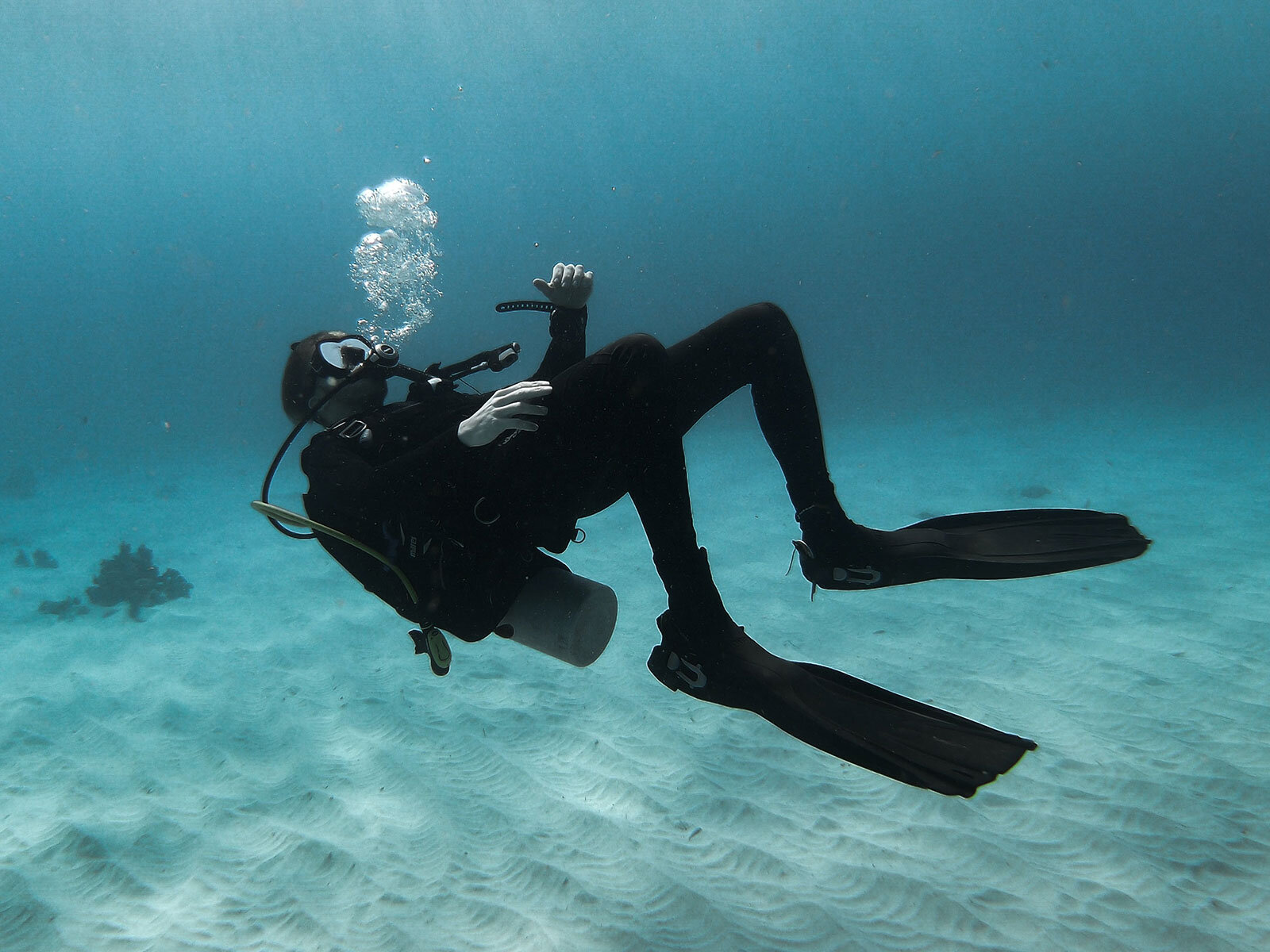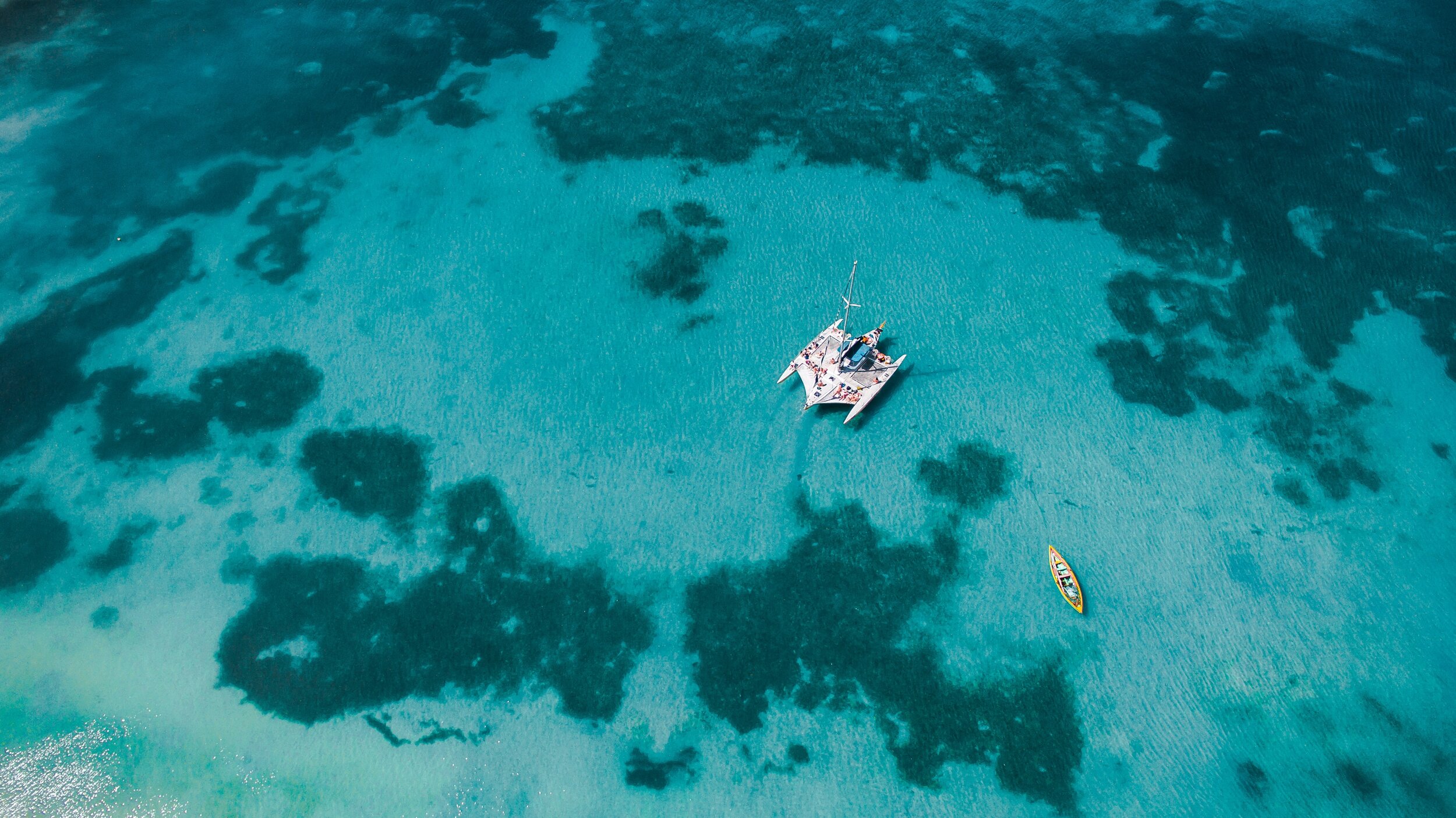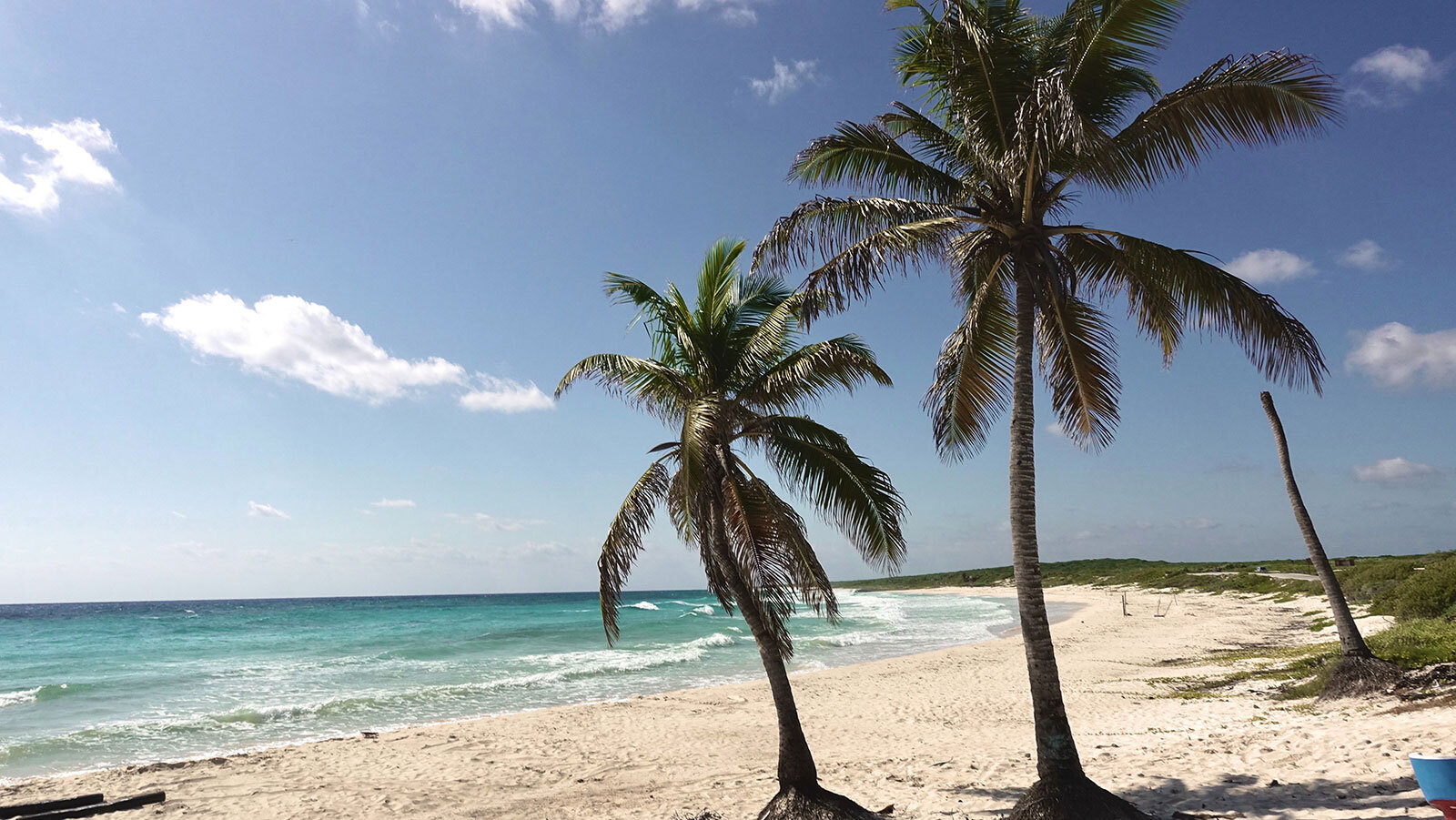El Cielo, Palancar, and Colombia: The Gems that Make Cozumel an Underwater Eden
El Cielo, Cozumel
Written by Alex Ruelas
Cozumel is all about nature. This green island is the largest in the country and a place of astounding natural wealth. It is also home to five nature reserves. The most iconic of them: the Cozumel Reefs National Park.
This 12-hectare protected area comprises coastal dunes, mangrove forests, and some of the most diverse coral reefs in the world. Dolphins, hammerhead sharks, stingrays, green turtles, and many more live in a park that protects a crucial portion of the Mesoamerican Barrier Reef, the world’s second-largest.
Unsurprisingly, the Cozumel Reefs are on the bucket list of most visitors, and there are three spots you cannot miss: El Cielo, Palancar Reef, and Colombia Reef. The first is one of the top beaches in the Riviera Maya. The other two are some of the most abundant underwater gardens on Earth.
In this article, you will find everything you need to know about these three amazing places. How to get there, what to expect, and simple recommendations to keep them blue and thriving.
El Cielo
Its name means ‘sky’ or ‘heaven’, and it is called that for a good reason. This beach is simply astonishing. With soft, white sand and crystalline waters, swimming there will make you feel like floating mid-air. But perhaps people decided to call it El Cielo because it has hundreds of stars. Well, they are starfish, to be precise, which cover vast areas of the sandy ocean floor.
El Cielo has two main sections, the beach and a sandbank some 800 meters off the coast. Here, visitors can swim, snorkel, and relax in calm, chest-high waters. This area is very popular with tourists and has long been the main anchoring spot for private and commercial yachts. It got so popular that environmental authorities decided to close it down throughout the first half of 2020 to allow the ecosystem to recover.
It is now open again. However, El Cielo remains a fragile ecosystem, and although the site is rife with starfish, it is up to us to keep it so. When you come here, remember never to touch the animals. They might look sturdy and great for photos, but they are surprisingly delicate. Just picking them up can kill the creatures, so please enjoy their beauty from a distance.
Palancar Reef and Beach
Palancar is Cozumel’s most famous reef. Located two kilometers off the southwest coast, it is well-known for being a paradise for divers and snorkelers. The coral massif begins in shallow waters and reaches depths of almost 40 meters. Combine this with the soft currents, warm waters, and loads of sunlight, and you get a stunning underwater garden. Corals, sponges, fish, turtles, rays, moray eels –the diversity is mind-blowing.
Visitors to Palancar will typically get there on a boat, dive into the water in a shallowish part of the reef –12 meters deep are pretty standard– and swim spotting marine fauna. Moreover, Palancar also has a beach and beach club that you can visit by car. It is 20 kilometers south of San Miguel Cozumel's town center and is very easy to find on a map. Here you can spend the day on a sunbed, eat at the restaurant, have a few drinks, go parasailing, and even get a massage.
Nonetheless, Palancar's main show is underwater. So, if you get to the beach club by car, you can always hire one of their tours that take you to the reef and, also, to the next attraction on our list.
Colombia Reef
Full of colorful fish and corals, this reef is popular for its overflowing wildlife. Turtles, barracudas, and rays are some of its distinguished inhabitants, and its geographic features make it a natural refuge for all kinds of marine creatures.
The Colombia Reef is sheltered by the bay of Punta Sur, the southernmost part of the island. It is also close to the Colombia Lagoon, yet another protected area. Both habitats –the submarine barrier and the wetland– interact to create an abundant ecosystem that sustains land animals too, such as birds, mammals, reptiles, and countless others.
Peeping under the surface is an absolute delight. Just 7 meters deep and boasting crystal-clear waters, the area known as the Shallows of Colombia is a fabulous site to witness the busy life of the reef.
Each year, both Palancar and Colombia shut down to visitors for at least a month over the summer to boost their resilience against sadly prevalent coral bleaching. So please, when you visit, do not use sunscreen. Even biodegradable formulas can stay in the water for over a week and harm already stressed corals. Wear a rash guard instead. They are admittedly not very photogenic, but everything we can do to help counts for the reef's future.
Visiting Cozumel’s reefs
It is possible to explore El Cielo, Palancar, and Colombia on a single day. Snorkeling boat tours will typically take travelers to all three spots over four hours, either morning or afternoon. Excursions usually include snorkeling gear, drinks, and snacks. And if you are up for a deeper immersion, it is also possible to go scuba diving.
Tours are easy to book and depart daily from Palancar Beach and other piers in Cozumel’s town center. Ask your Experience Host to curate an expedition that is just right for you. Further, if you are staying at a beachfront villa with its own jetty, you can also have your snorkeling or diving vessel pick you up directly at your place.















